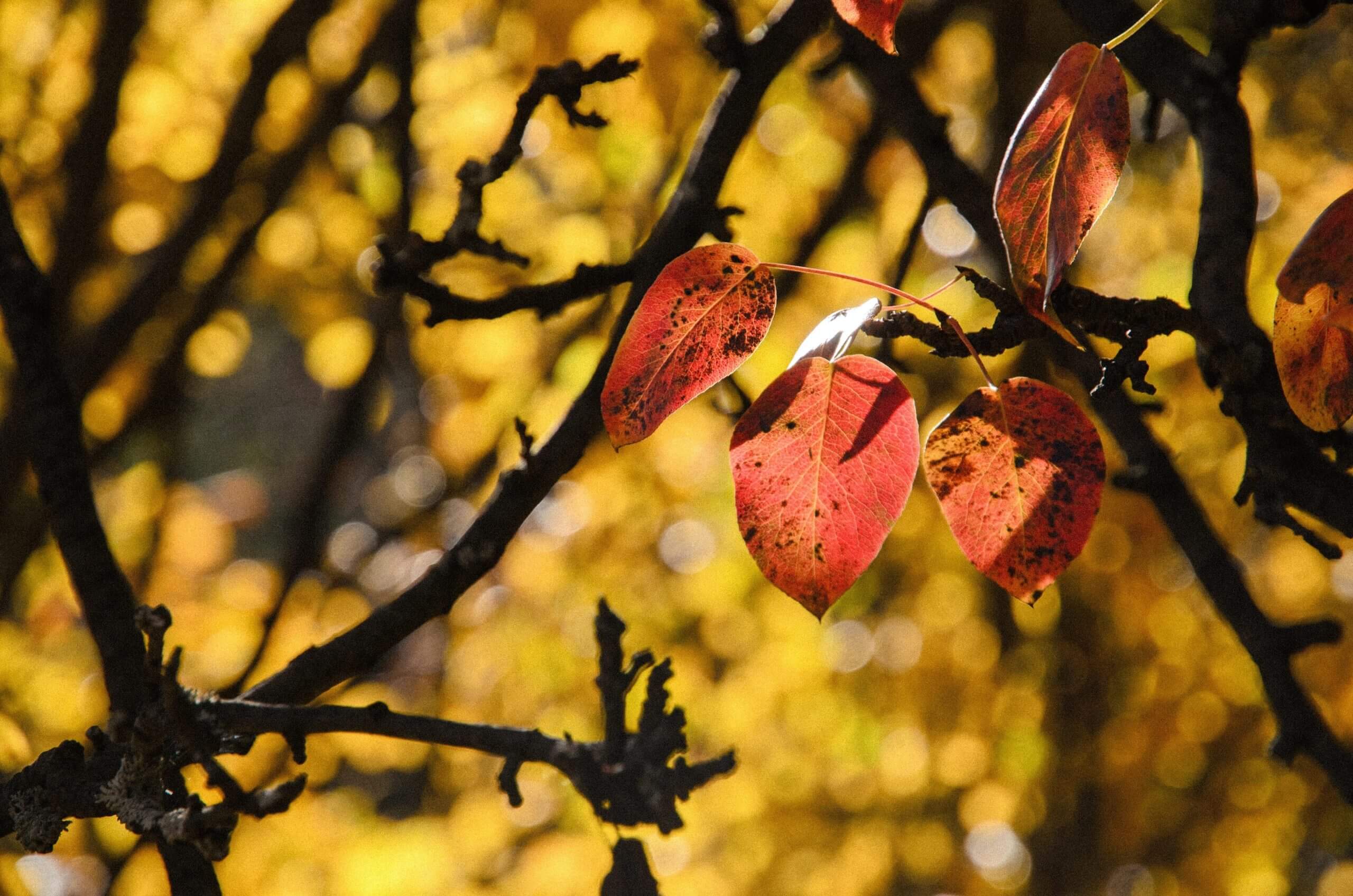
While landscapers don’t require any form of medical degree to become experts in their field, a lot of what they do is fighting disease.
Seriously.
Oftentimes, unsightly spots and other irregularities in your plants are signs of disease. And, in the world of Denver landscaping, we see our fair share of trees with a condition called blight.
Given how detrimental blight can be for plantlife, it’s important to know and monitor your trees for signs of this nasty disease.
What is blight?
Blight is an infection that affects more than 130 plant species worldwide. There are many different forms of the disease, and each will target a certain type of tree. For example, fire blight is most common in orchard trees and diplodia blight will affect conifers. Generally, blight is caused by bacteria or a fungus and will first appear on the tips of branches and twigs. Ultimately, it will take over the entire tree, spreading to its center or trunk.
Blight is activated in the spring and the bacteria will multiply in the warm and wet weather.
So, what specifically are the signs of tree blight?
Look for cankers, which are areas of dead tissues on tree branches and trunks … oftentimes “localized, sunken, slightly discolored, brown-to-reddish lesions on the bark of trunks and branches, or as injured areas on smaller twigs.”
The disease can live in these cankers throughout winter months and then resume spreading when warm weather returns. It is also from these cankers that the blight bacteria will spread in liquid form, known as bacterial ooze. Insects are then attracted to the bacterial ooze and will often spread the disease between trees that have wounds and other openings.
As blight spreads, it kills blossoms and causes the dieback of branches. Eventually, if left untreated, blight will eventually kill the entirety of its tree victim.
How to fight blight
It’s important to pay attention to signs of blight, because, there’s a chance that by the time the symptoms are visible, the disease is already in its advanced stages. Blight can live and spread in leaves, flowers, twigs, and fruit without showing symptoms for multiple weeks.
When you do spot cankers or other signs of blight, then it’s time to prune. Pruning blight keeps trees healthy and stops the spread of the disease. The good news is, it’s a simple and safe process, too (especially for the best Denver landscapers). It involves removing the infected areas of the tree so that the bacteria doesn’t spread any further in the immediate tree – or to other nearby plants.
(Note that pruning should only happen during the winter, when both trees and bacteria are dormant.)
Here’s what to look for when identifying such damage:
- Circular brown spots on stems and leaves
- Leaves that appear to be soaked and have a brown/black color
- Shriveled and droopy leaves
- Branches with leaves that have changed in color and are bent downward…and will then remain attached to the tree through winter
It is expensive to replace dead trees, so it is important to regularly monitor yours for blight. Should the infection reach the main trunk – and in some cases, the roots – then the death of the tree is inevitable. At this point, it’s impossible to cure the disease, so you must remove the tree entirely. This is the only way to remove the source of the bacteria that would endanger other surrounding trees.
Whether your property needs to prune a tree or remove it, call the leading commercial landscaping company in Denver – ColoradoScapes. We will keep them healthy and strong, so you don’t have to worry about disease taking over your much loved trees.
